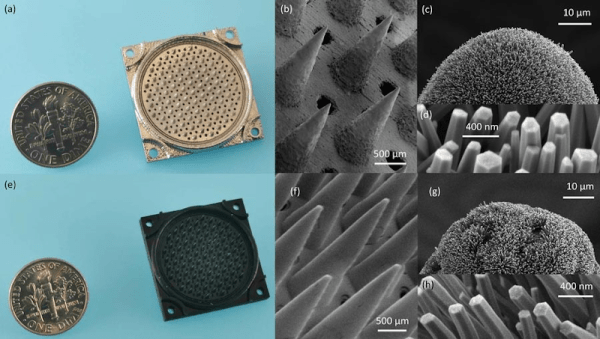Ion thrusters are an amazing spacecraft propulsion technology, providing very high efficiency with relatively little fuel. Yet getting one to produce more thrust than that required to lift a sheet of A4 paper requires a lot of electricity. This is why they have been only used for applications where sustained thrust and extremely low fuel usage are important, such as the attitude management of satellites and other spacecraft. Now researchers in New Zealand have created a prototype magnetoplasmadynamic (MPD) thruster with a superconducting electromagnet that is claimed to reduce the required input power by 99% while generating a three times as strong a magnetic field.
Although MPD thrusters have been researched since the 1970s – much like their electrostatic cousins, Hall-effect thrusters – the power limitations on the average spacecraft have limited mission profiles. Through the use of a high-temperature superconducting electromagnet with an integrated cryocooler, the MPD thruster should be able to generate a very strong field, while only sipping power. Whether this works and is as reliable as hoped will be tested this year when the prototype thruster is installed on the ISS for experiments.












